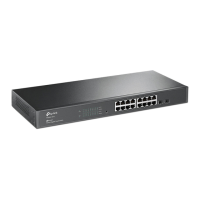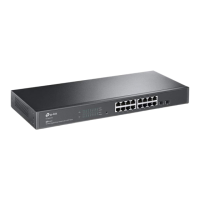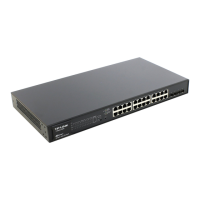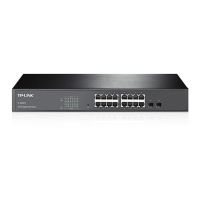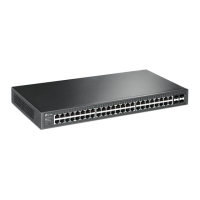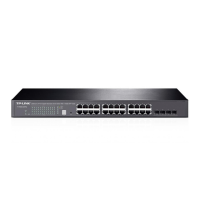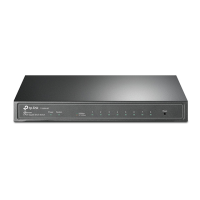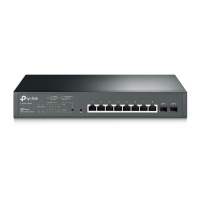Configuring Spanning Tree STP/RSTP Configurations
Configuration Guide
213
Spanning-Tree Mode Displays the spanning tree mode.
Local Bridge Displays the bridge ID of the local bridge. The local bridge is the current switch.
Root Bridge Displays the bridge ID of the root bridge.
External Path Cost Displays the root path cost from the switch to the root bridge.
Regional Root Bridge It is the root bridge of IST. It is not displayed when you choose the spanning tree
mode as STP/RSTP.
Internal Path Cost The internal path cost is the root path cost from the switch to the root bridge of
IST. It is not displayed when you choose the spanning tree mode as STP/RSTP.
Designated Bridge Displays the bridge ID of the designated bridge. The designated bridge is the
switch that has designated ports.
Root Port Displays the root port of the current switch.
Latest TC Time Displays the latest time when the topology is changed.
TC Count Displays how many times the topology has changed.
2.2 Using the CLI
2.2.1 Configuring STP/RSTP Parameters on Ports
Follow these steps to configure STP/RSTP parameters on ports:
Step 1 configure
Enter global configuration mode.
Step 2 interface {gigabitEthernet
port
| range gigabitEthernet
port-list
] [port-channel
port-channel
|
range port-channel
port-channel-list
}
Enter interface configuration mode.
Step 3 spanning-tree
Enable spanning tree function for desired ports.

